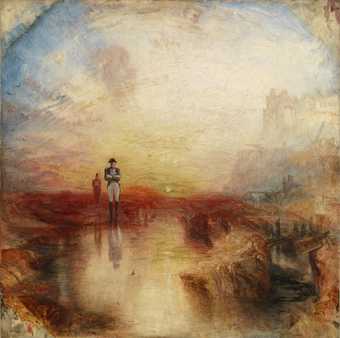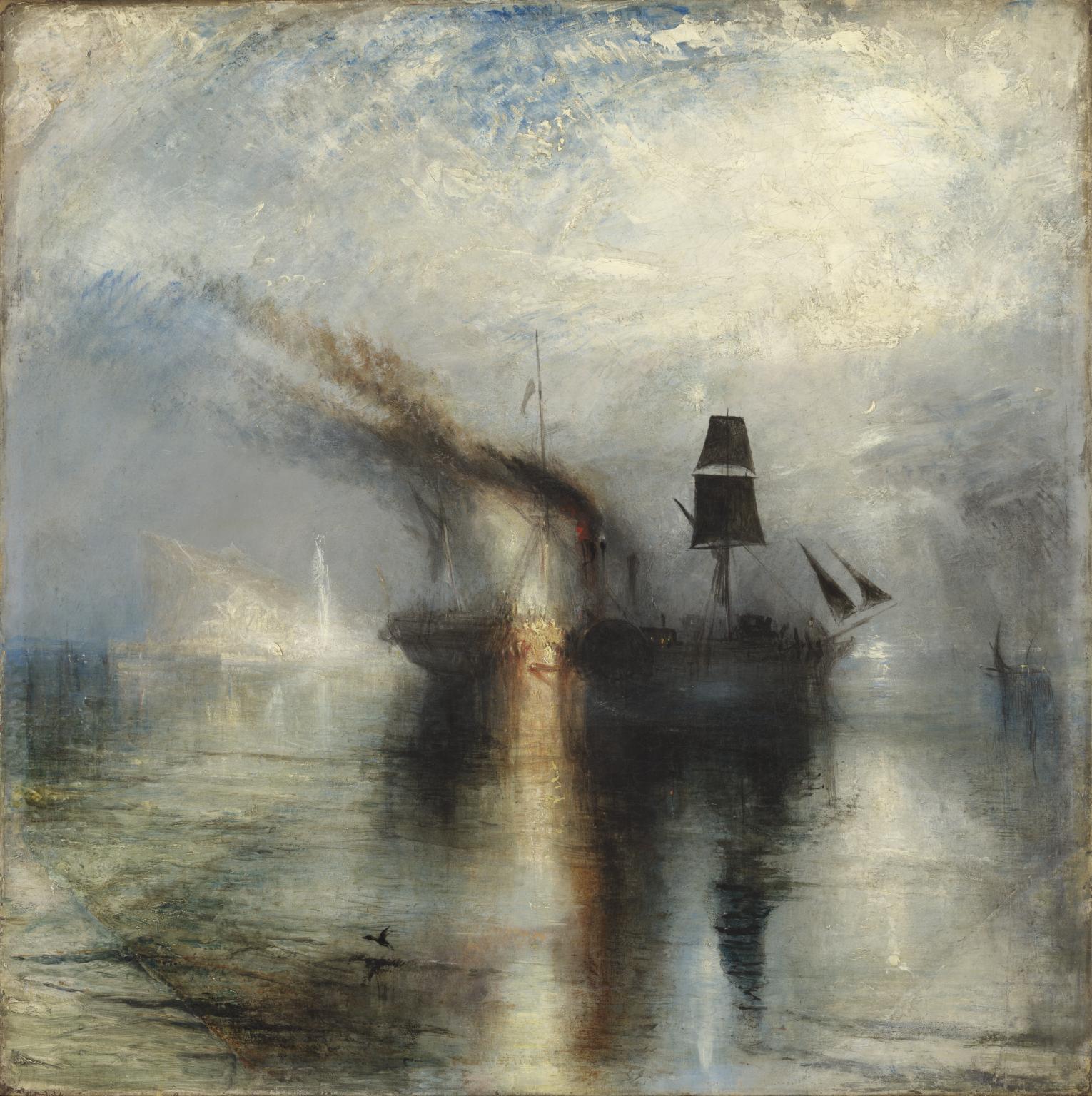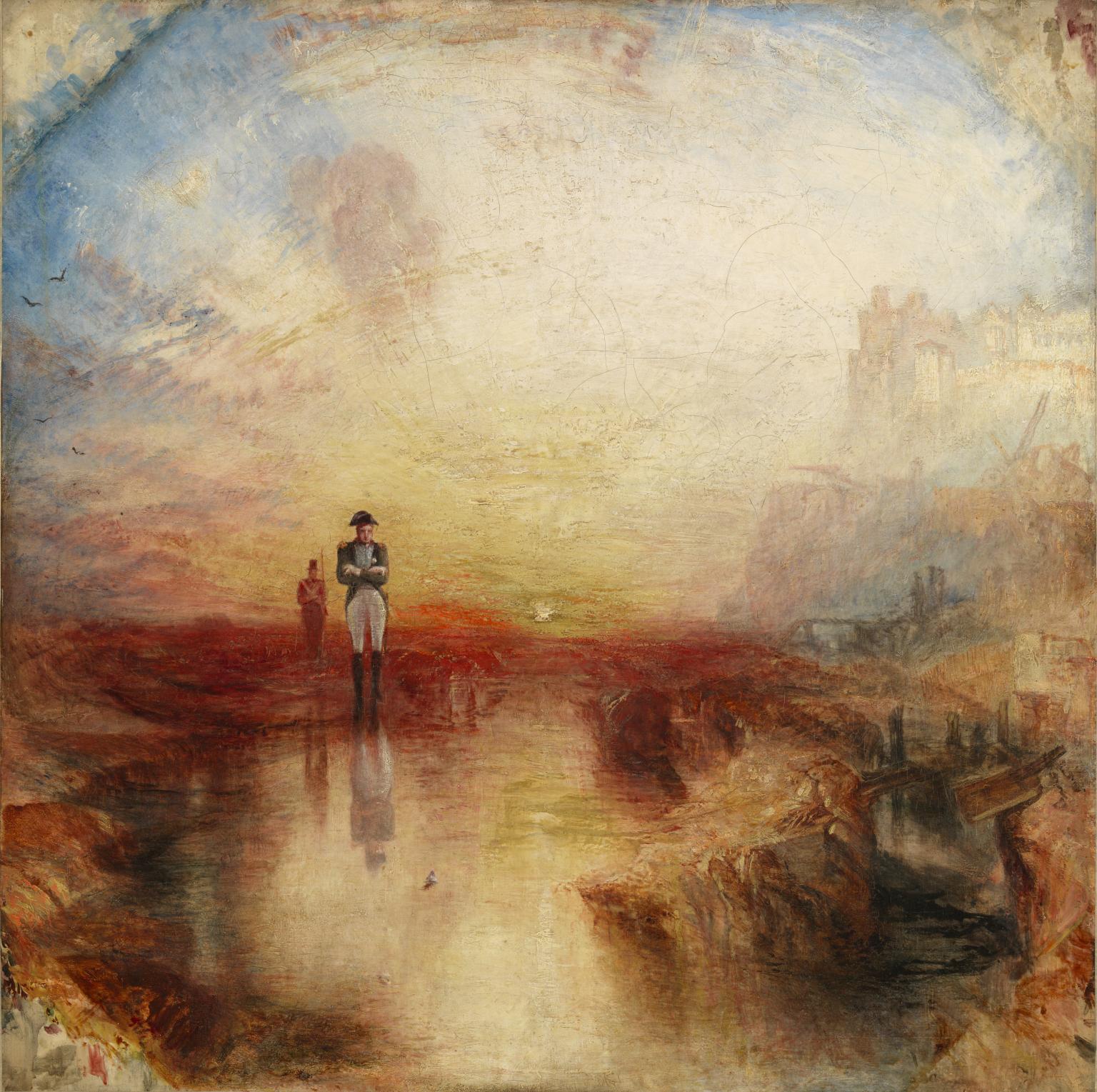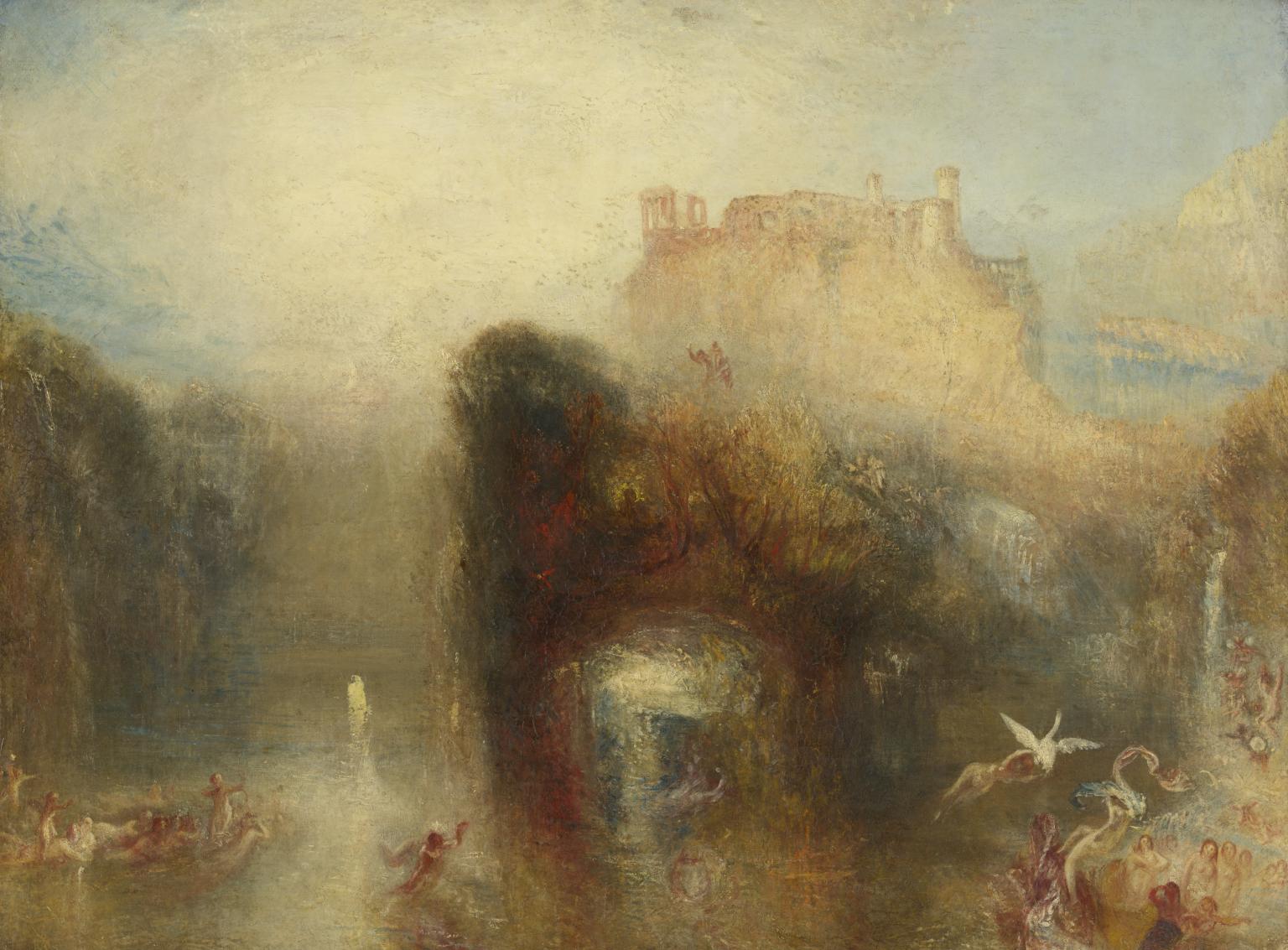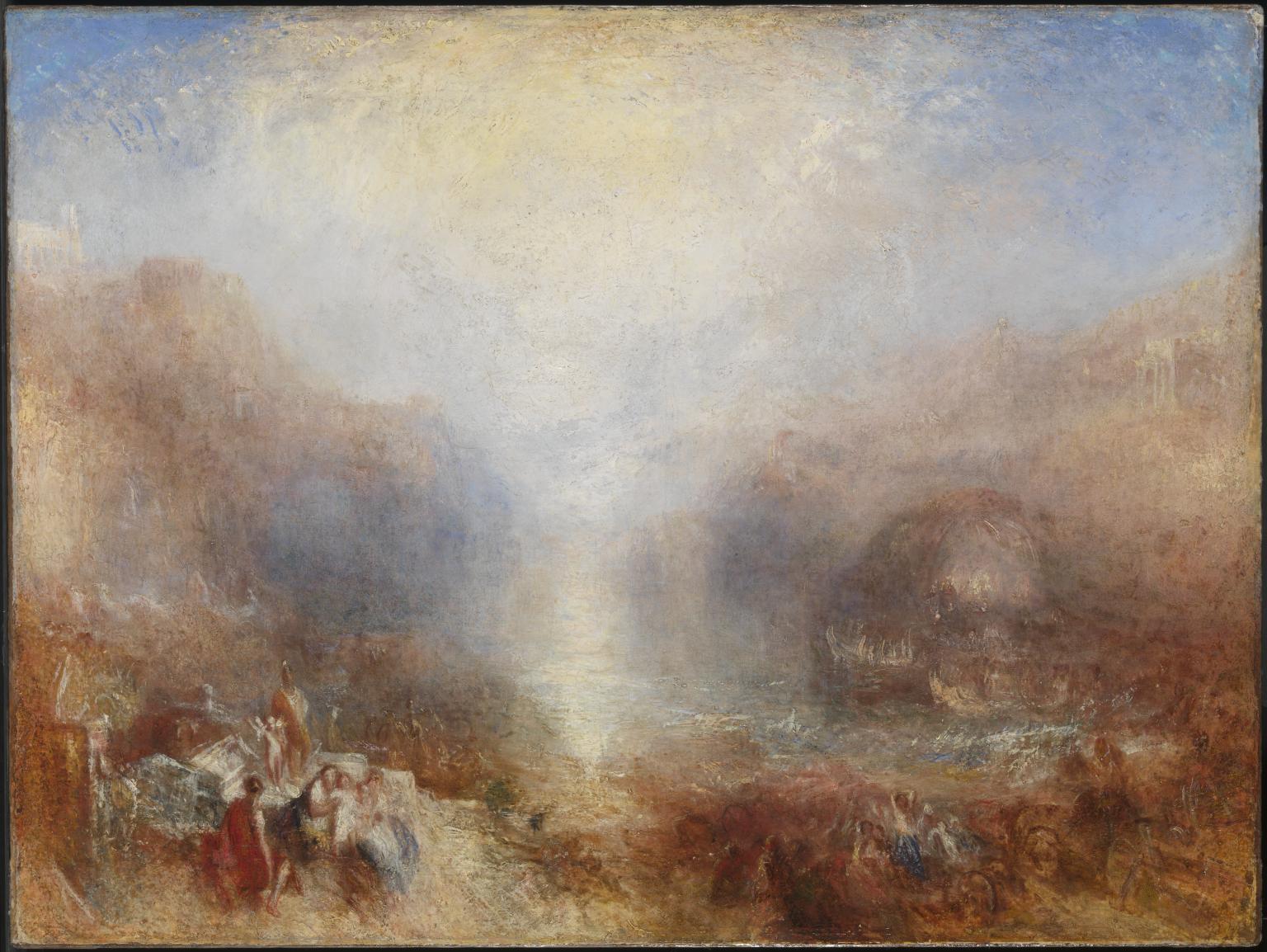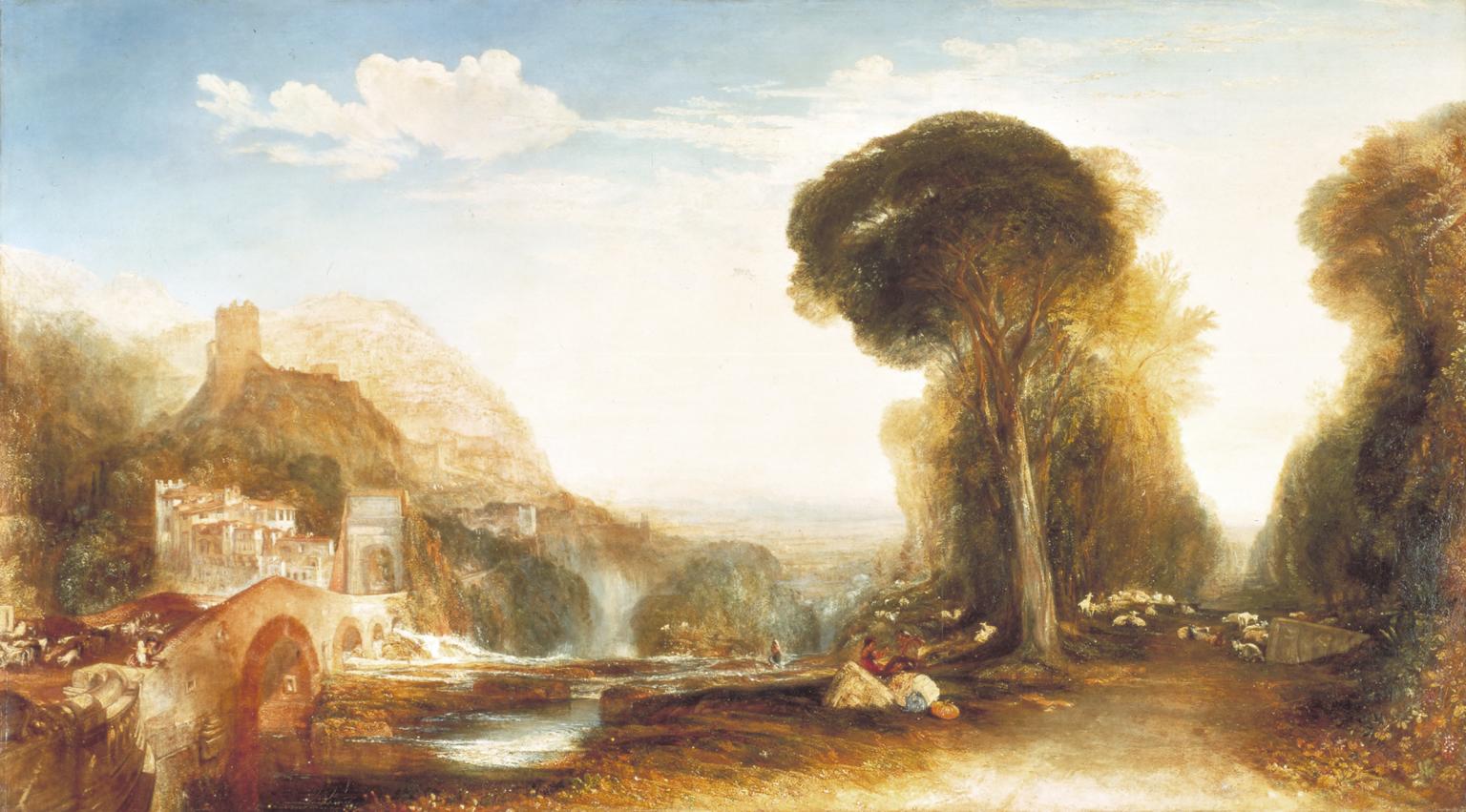9 rooms in JMW Turner
This gallery focuses on the reactions to Turner’s paintings when they were first shown. Whether his works were praised or mocked, he never failed to steal the limelight in exhibitions
Having been picked out by art critics as ‘one to watch’ in his late teens, by his thirties Turner was known as a showman. His paintings drew crowds and regularly caused a sensation. He exhibited his work in various locations, from the Royal Academy in London to galleries in Rome. At the age of 29, he opened his own London gallery, giving him control over the display of his paintings.
Turner used exhibitions to show off his skills and stay relevant to the changing modern world. He often felt the need to compete directly with other artists. Fellow landscape painter John Constable said that Turner had ‘fired a gun’ by changing his painting to compete with Constable’s when they were exhibited together. Turner was notorious for using the so-called exhibition ‘Varnishing Days’ to finish his paintings in public. This fuelled gossip about his unconventional techniques and ability to conjure a masterpiece at speed.
Over time Turner’s work divided opinion. He became the artist that journalists loved to hate. They challenged the evolution of his style – his use of brighter colours and sketchy brushwork – and were puzzled by his subject matter. Responding to these hazy landscapes, one critic wrote that ‘to do justice to Turner, it should always be remembered that he is the painter not of reflections, but of immediate sensations.’ Turner claimed not to care what critics thought of his work and remained committed to showing his work in public. He last exhibited work in 1850, the year before he died.
Art in this room
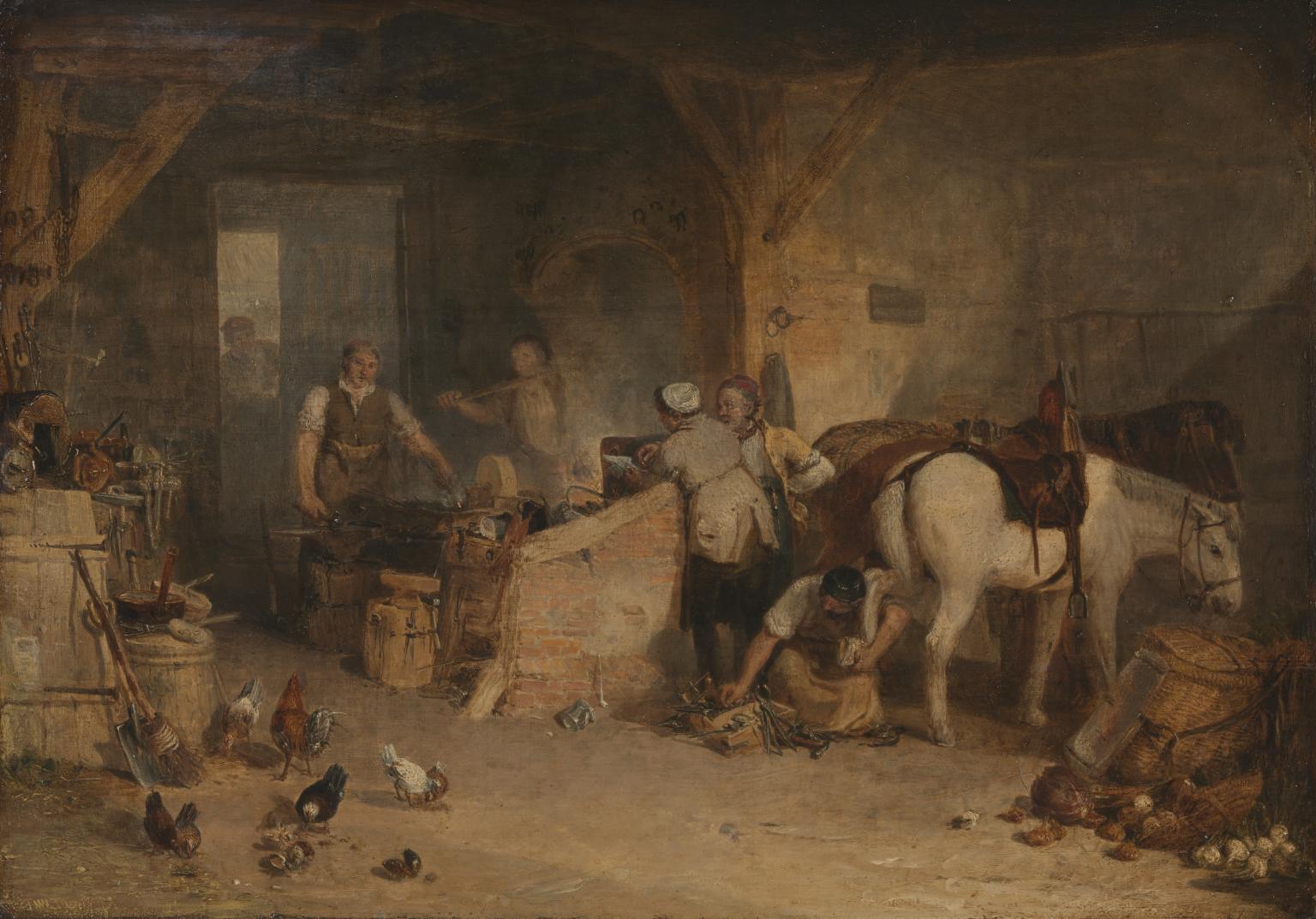
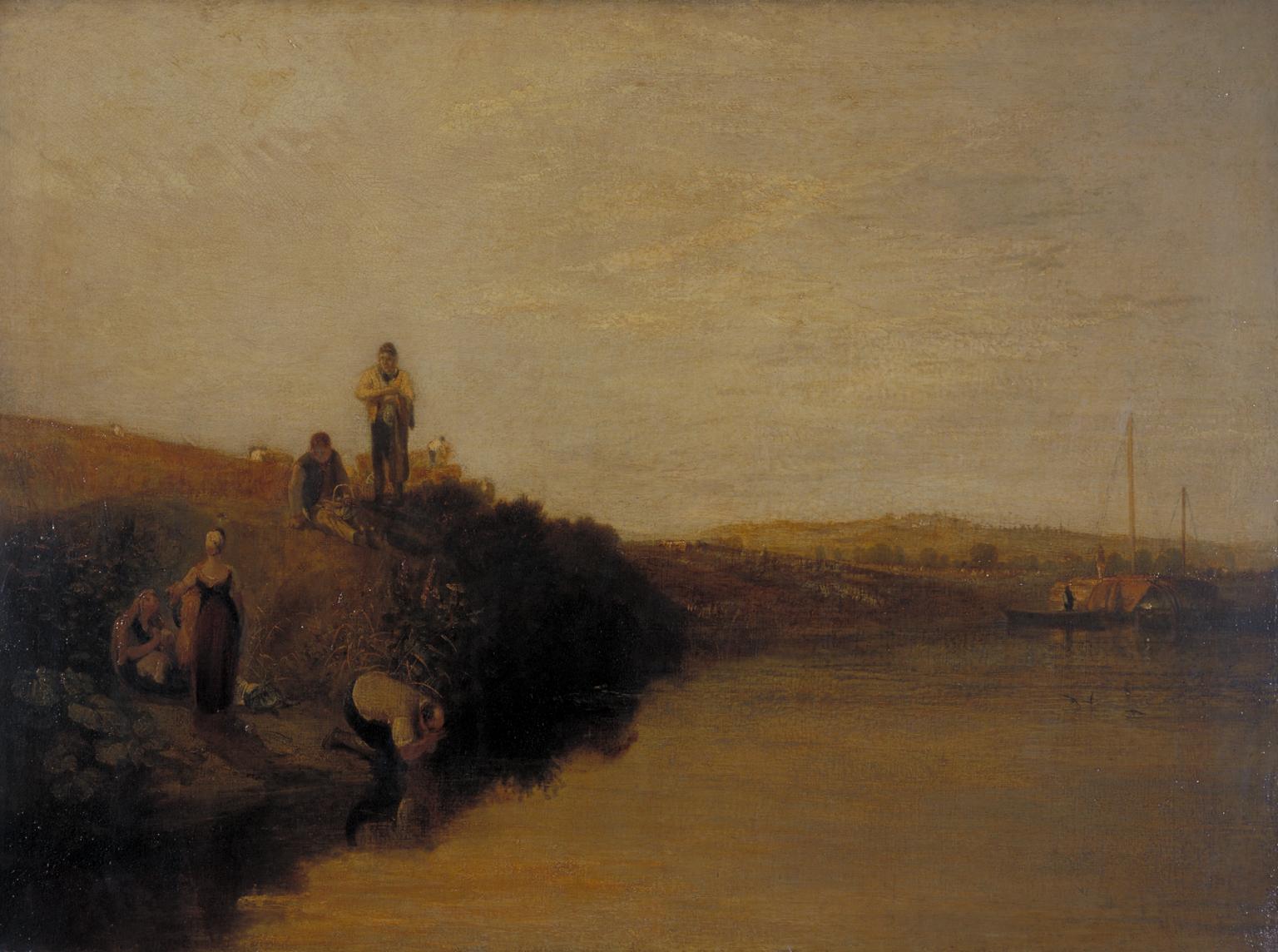
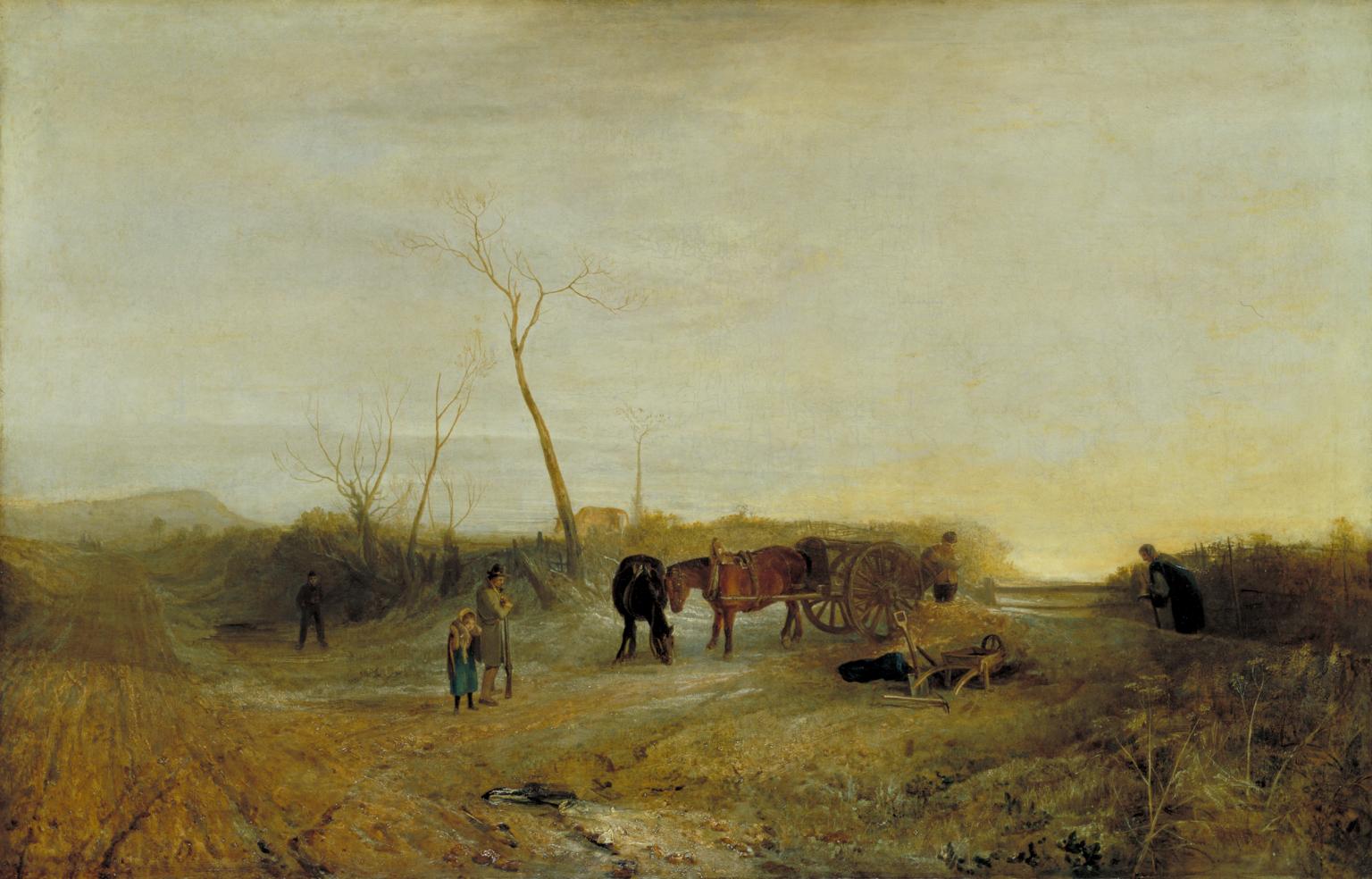
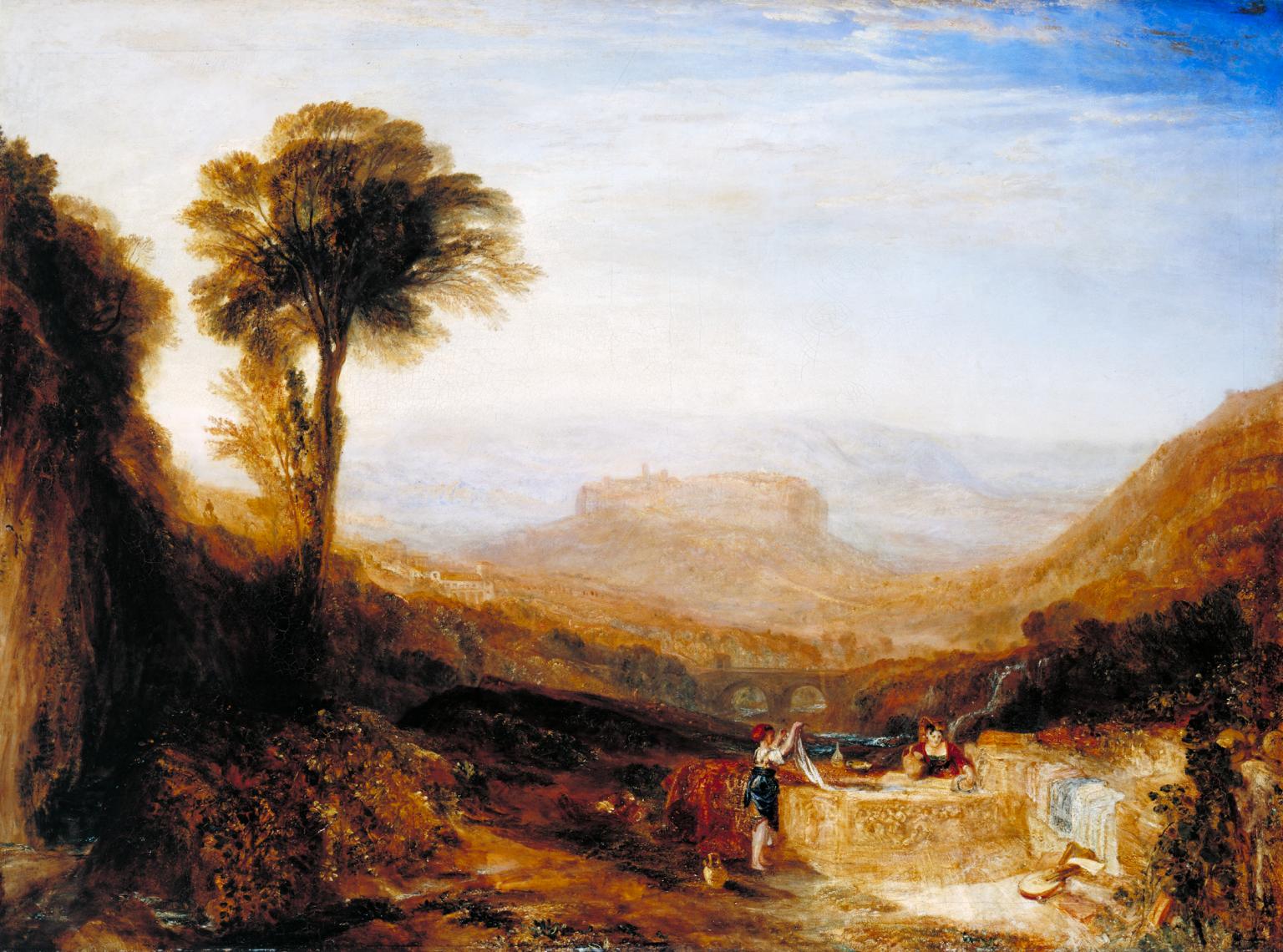
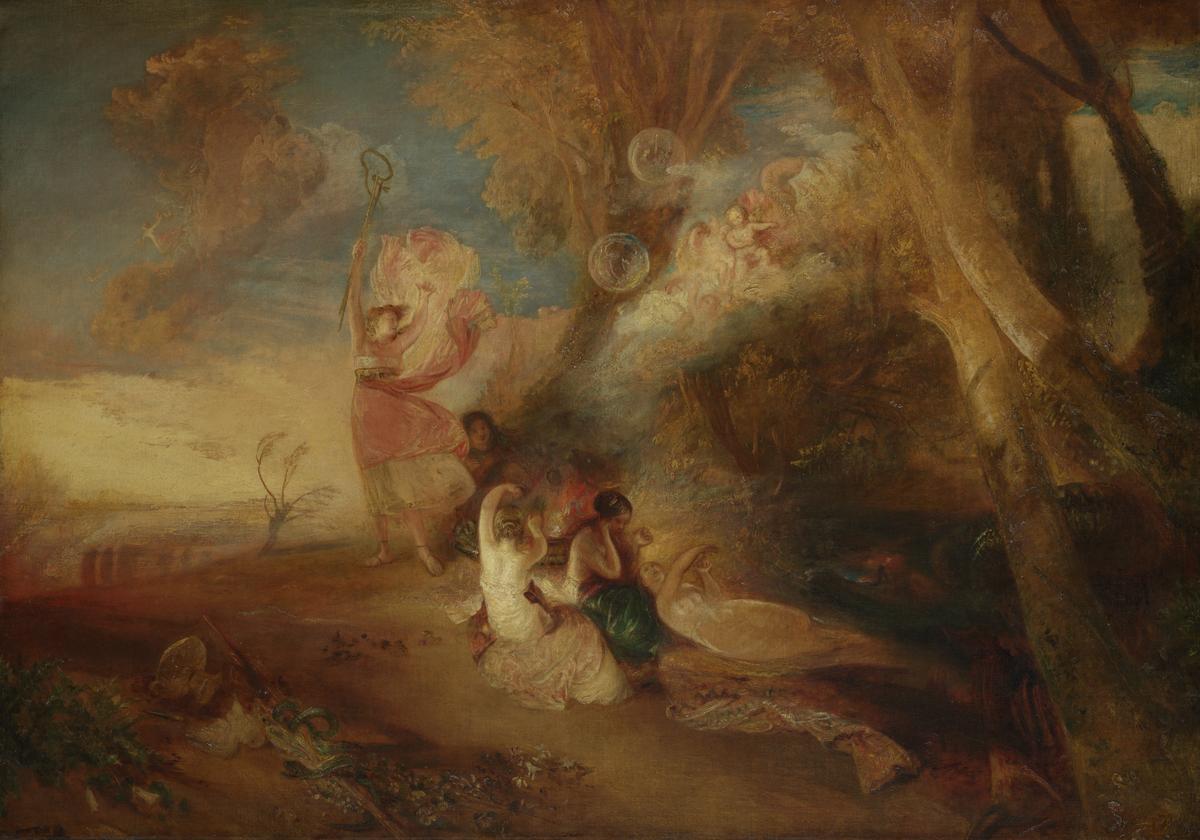
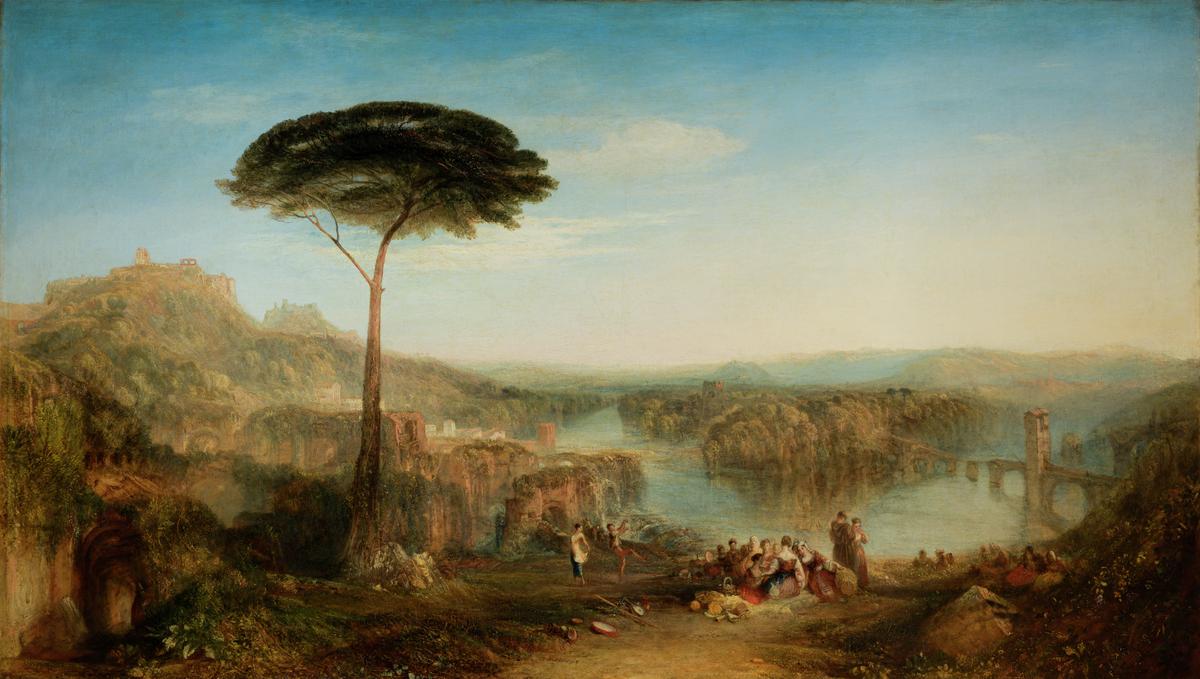
You've viewed 6/11 artworks
You've viewed 11/11 artworks

